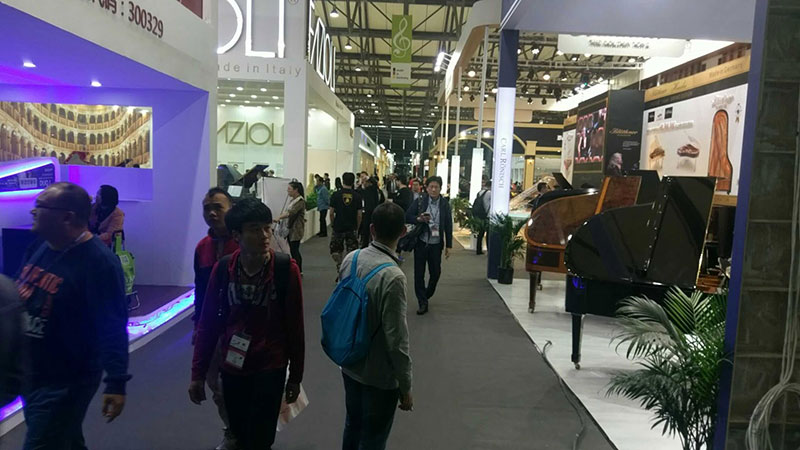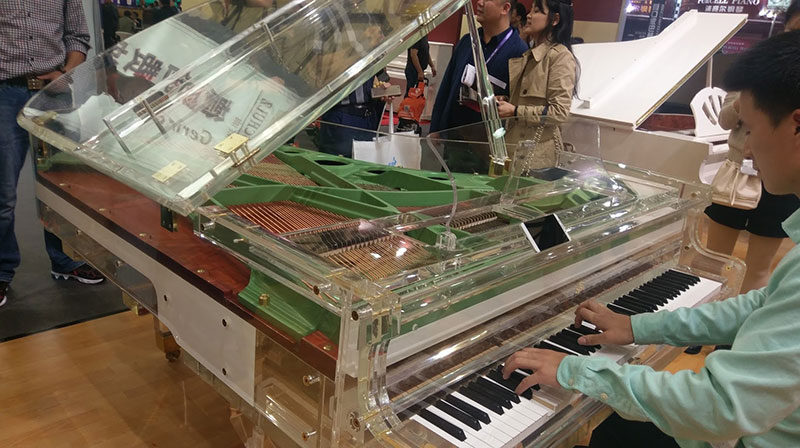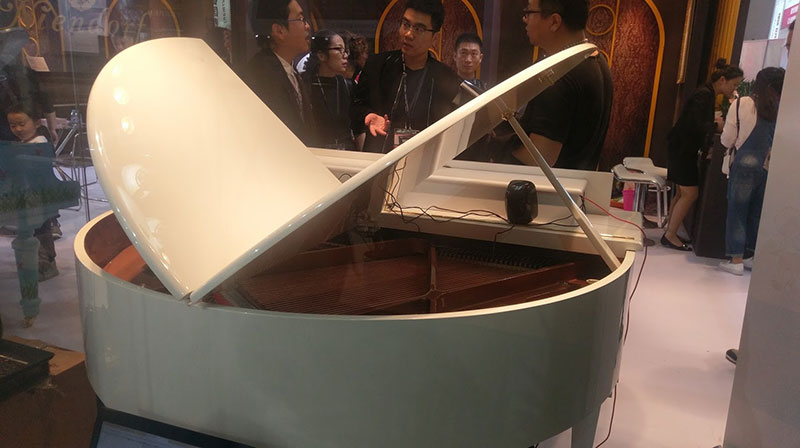What is meant by the term Classical Music? This is not as simple a question as you might imagine. Some basic notions of Classical music are going to the symphony or recitals, but there are actually two distinct meanings of the term Classical music.
The first is the period style of Classical music – which was from the middle of the 18th century to the early 19th century. Composers such as Mozart, Beethoven and Haydn are examples of Classical era composers. So Classical music can refer to this particular period of music as well as the art, architecture and literature created during this era.
The term Classical music is also used generally to denote Western concert music. There are lots of different types of music – ones created for dancing, singing along, incidental music for theatre and more. But music that is actually created to listen to as a pure artform can be classified as Classical music. Sometimes it gets the distinction of being “serious” music and this is not necessarily true. Music of Beethoven, Debussy and other great composers features a wide range of emotions including humor! The bottom line is that it is designed to be an enduring work of art which elicits emotions.
But does all Classical music have to be similar in structure and sound? Absolutely not! Music that you might not think of as “Classical” can actually be classified as such. For example, if jazz music is written down with little or no improvised elements it can be classified as Classical music. A great example of this is George Gershwin’s “Rhapsody in Blue” which is certainly built on jazz elements, but is a masterwork which is one of the treasures of Western music.
So the basic definition of Classical music is generally music that is written down (with some notable exceptions) that is intended to be appreciated in a concert setting. There is also the period style of Classical music which is a strict definition of the term.
Thanks again for joining us here at Living Pianos. If you have any questions about this topic or any others, please contact us at: Info@LivingPianos.com (949) 244-3729









